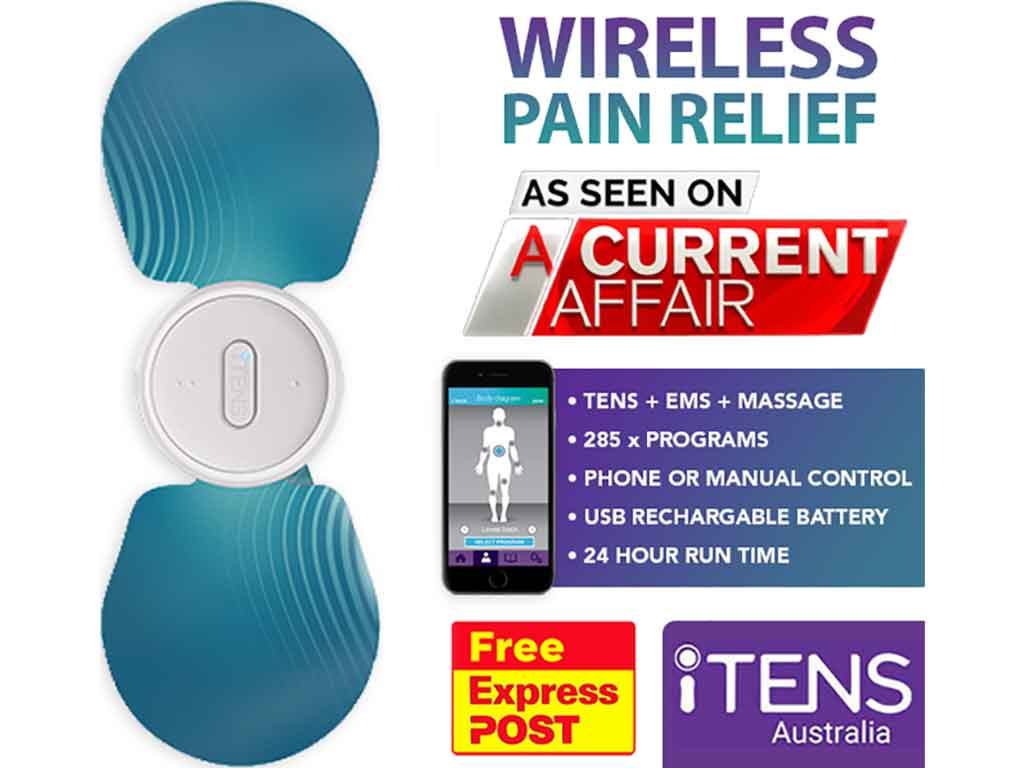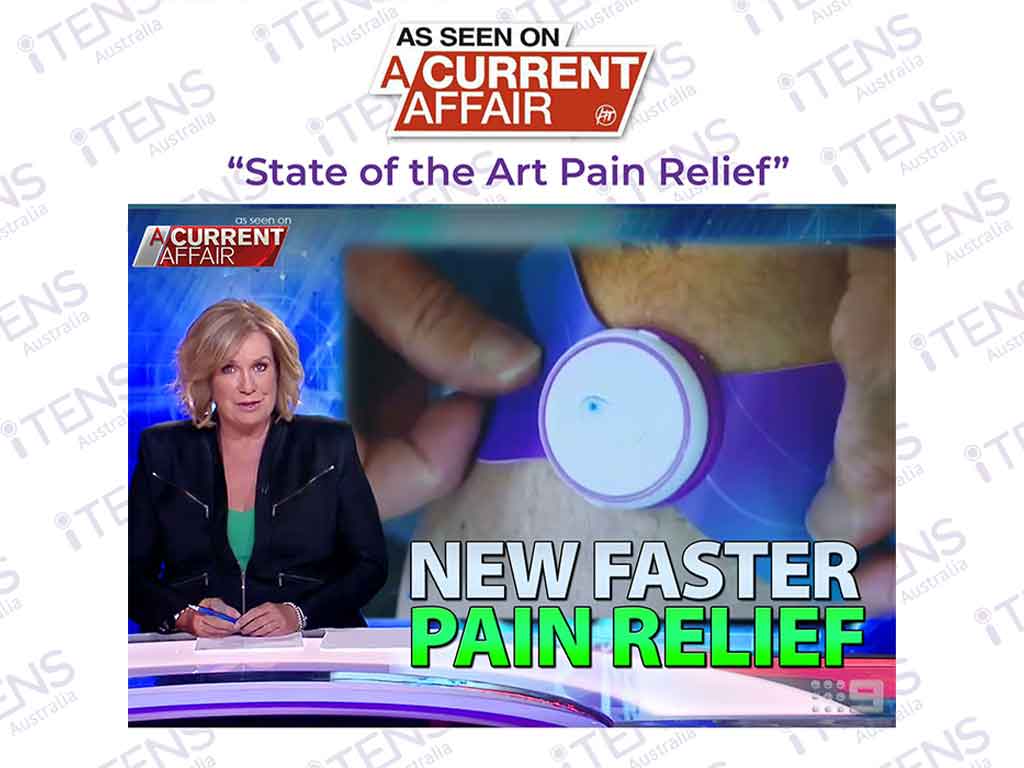
Nerve damage can result from various factors, such as injuries and diseases. It can cause intense pain, tingling, numbness, and muscle weakness. Many turn to traditional treatments for relief, but many of them have considerable side effects. Fortunately, individuals may also use Transcutaneous Electrical Nerve Stimulation (TENS) to alleviate their pain. A TENS unit for nerve damage uses electrical stimulation to induce the body to provide temporary relief. It can also help with nerve regeneration by increasing blood flow.
TENS machines have adjustable settings that enable the user to customise their treatments. Users can use high and low frequencies to trigger the pain-gating mechanism or the release of endorphins. This helps alleviate pain from various acute and chronic pain conditions. People may purchase personal units for convenient use. Nevertheless, it is best to consult a healthcare professional first. This article will present TENS units, what it is, how it works, and safety precautions when using one.
What is a TENS Unit for Nerve Damage?
Nerve damage or neuropathy is a condition that can affect any nerve throughout the body. Several causes may result in this condition, and its effects range from mild to severe. The symptoms may vary depending on the affected nerves. Some symptoms of sensory nerve damage are pain, numbness, and tingling sensations. Many turn to physical therapy or medicines to aid with this. Meanwhile, some use a TENS unit for nerve damage.
A TENS unit is a medical device that sends low-voltage electric currents to the body. To do this, it uses externally applied electrode pads to deliver electrical impulses to the skin and the sensory nerves. These are often used in medical settings because of their effectiveness. People may also purchase units for home use online and in physical stores.
Generally, there are two types of TENS machines: wired and wireless. Wired or handheld units use lead cables to connect the electrode pads to the controller and the power source. Meanwhile, wireless units utilise Bluetooth to link the output controller and the pads.
Possible Causes of Nerve Damage
- Accidents: sports injuries or falls can cause stretch, cut, or pressure nerves.
- Cancer: cancerous growths can push against and crush nerves. In addition, treatments for cancer, such as chemotherapy and radiotherapy may cause nerve damage and pain.
- Diabetes: diabetic neuropathy typically affects the nerves in the legs, hands, and feet. It causes pain and numbness in individuals.
- Guillan-Barre syndrome: a condition that causes the immune system to attack the nerves. It typically starts in the hands and feet but can quickly spread and eventually cause paralysis.
- Vitamin deficiencies: lacking vitamins B6 and B12 can cause neuropathic pain.

How a TENS Unit for Nerve Damage Works
A TENS unit for nerve damage works by using electrical stimulation to trigger different mechanisms in the body that alleviate pain. One of these is the pain gating mechanism. This is the process suggested in the Gate Control Theory of Pain. It proposes that some nerve fibres in the spinal cord act as a gating mechanism for pain and that electrical pulses can trigger these gates to close, blocking pain signals from reaching the brain.
TENS machines can also stimulate the motor nerves, which triggers endogenous opioid production. These hormones are natural painkillers that build up and reduce the overall pain intensity. They also help reduce inflammation, which can help improve mobility and increase the quality of life. Moreover, it can help improve moods and reduce stress.
TENS machines can also help increase blood flow to the target area. This helps relax sore muscles and promotes faster recovery of damaged tissues and nerves. Overall, by using the adjustable settings of a TENS machine, the user may receive beneficial effects from treatment.
Understanding Low and High Frequencies
TENS machines have adjustable settings, which allow the user to customise their treatment. They may adjust the pulse duration, intensity, and frequency levels of the machine, depending on their comfort level. Typically, TENS machines have a frequency range of 1-150 Hz and an intensity range of 0-80 mA.
High frequencies generally lie between 50 to 150 Hz. This is typically used for acute pain conditions because it causes immediate pain relief due to the pain gating mechanism. Meanwhile, low frequencies, which are below 10 Hz, trigger endorphin production, which is ideal for chronic pain conditions.

Safety Precautions When Using a TENS Unit for Nerve Damage
Using a TENS unit for nerve damage is easy and safe for most people. However, it is crucial to follow precautions to ensure safety. It is recommended to consult a healthcare professional before using any electrotherapy device. They may assess the condition and determine if TENS therapy suits the individual. Some conditions that may react negatively to electric stimulation include seizures and heart diseases.
Moreover, the user should check if the device and accessories are in good condition before using them. The lifespan of the reusable pads typically lasts up to 15 uses. Afterwards, they should be replaced to avoid accidents. The individual should also avoid contact with water during the session as this can harm the user and damage the unit.
Furthermore, the user must practice proper electrode placement. They must avoid sensitive areas, such as the spinal cord, chest, throat, and head. They should also refrain from applying pads on irritated, infected, or broken skin. Lastly, the user should stay alert during the session. They should avoid sleeping or doing safety-sensitive activities, such as driving or operating heavy machinery.
When to See a Doctor?
It is essential to address nerve damage quickly to prevent it from worsening. Those experiencing weakness, tingling, or numbness should seek medical attention so professionals can determine the cause. This is especially so if the symptoms occur after an accident or trauma.
When using a TENS machine, the user should consult a medical professional if they feel worsening pain during or after the session. This is a possible sign of an underlying condition that reacts negatively to electric stimulation. Moreover, if the user experiences skin irritation or excessive muscle twitching after using TENS, they may go to the hospital.
Conclusion
A TENS unit for nerve damage is a helpful tool for alleviating pain from neuropathy. This machine delivers electric stimulation to the body. It triggers the pain-gating mechanism or induces endorphin production. It can also increase blood flow to the target area, which can help with nerve regeneration. TENS also works on other chronic and acute pain conditions. Overall, TENS therapy is a pain management method that provides many benefits to its users.
TENS machines are available online or in pharmacies. People may purchase them for personal use without prescriptions to help with neuropathy. Nevertheless, it is ideal to consult a healthcare professional before using TENS. They can assess the condition and ensure that TENS is safe for the individual to use. Those searching for a wireless TENS unit may consider the iTENS from iTENS Australia. It has wing-shaped electrodes and a smartphone application for convenient use.




















